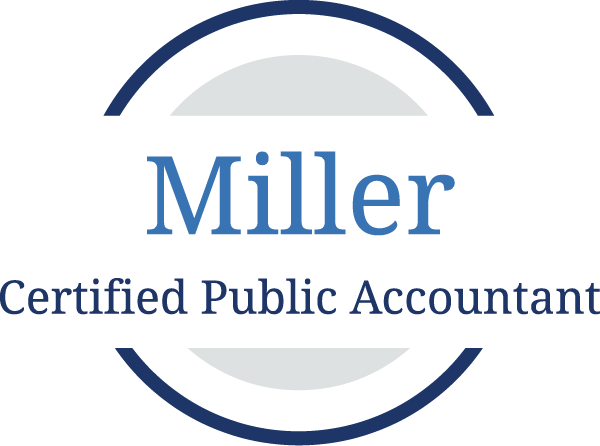In our income tax system, you are supposed to pay income tax on the income when you earn it. This means you are supposed to pay tax on your income as it comes in. For many people, this happens automatically in the form of withholdings from their paychecks every week. As they work at their job they pay a little bit of their tax every time they get paid. However, with other types of income such as self-employment income, dividend income, rental income, interest income, and capital gains, this automatic tax payment doesn’t happen. Since the tax payment on these types of income aren’t happening automatically, you as a taxpayer have to compensate by making your own payments. This is where estimated payments come into play.
Estimated payments are advanced tax payments which are based on the amount of income a taxpayer earned throughout the year and the incurred tax liability as a result. It is usually recommended that they are paid quarterly throughout the year in April, June, September, and January. Paying them quarterly is important because it more closely matches the tax payment timing with the timing of earning the income. Some people would prefer to make one lump sum payment at the end of the year. Unfortunately, the IRS doesn’t like that idea because then the payment timing isn’t matching the income timing. Most people don’t earn all of their income at year end. The IRS will assess late payment penalties and interest if not enough tax was paid on the income earned in each specific quarter.
Designing a plan for estimated payments can be complicated so it’s important to consider if you even have to first. The following are some scenarios you should consider:
- Will you owe less than $1,000 in taxes after you subtract your total federal withholdings and applied over payments from the previous year from your total income tax amount?
- Will your federal withholdings and applied over payments from the previous year equal at least 90% of the tax you anticipate owing?
- Will your federal withholdings and applied over payments from the previous year be over 100% of your previous year’s total income tax amount?
- Will your federal withholdings and applied over payments from the previous year be over 110% of your previous year’s total income tax amount if your adjusted gross income was over $150,000 or $75,000 if married filing separately?
If you answered ‘No’ to any of the above you should seriously think about making estimated tax payments. If you answered yes to all of them you’re probably safe from penalties.
Now, if you decided you have to make estimated payments the next thing to figure out is how much. Based on your tax situation there are a couple of well-established methods. The goal of these methods is to set up a plan where the taxpayer pays at least 100% of their previous year’s taxes or 110%, if their adjusted gross income was over $150,000 or $75,000 if married filing separately. These thresholds set up a safe harbor. If you meet the safe harbor requirements with your estimated taxes you might still owe more taxes if you made significantly more money but you will not be penalized for the underpayment. Remember, those limits offer safe harbor protection but if you want to pay more so you don’t owe a large sum at the end of the year that’s okay too. Paying more quarterly sometimes helps with financial planning so you don’t end up with a large tax bill once a year.
Calculating estimates can be done in a few ways. The first, being the most basic, is to just use the safe harbor criteria above and to make estimates that help meet those limits. A taxpayer could do this by taking last year’s tax amount (and multiplying by 110% if need be) and then subtracting any overpayments that you applied and the amount of your expected withholdings. Then divide the remaining amount by 4 and those are your quarterly payments.
Sometimes that basic method is not enough. Some taxpayers would rather spread the anticipated tax liability out over the year instead of just paying the minimum to meet the safe harbor standard during the year and then paying any remaining amounts in a lump sum when they file.
For these taxpayers, they should make a projection about what they owe. This kind of projection can be calculated using actual information from the current year. For example, if you sold stock or a house, you know how much the capital gains are. Therefore, you can estimate your additional tax liability on that transaction.
They can also be calculated using the previous year’s tax liability and extrapolated to the current year. This method is useful if not a lot has changed from year to year. Let’s say at the end of the last tax year a taxpayer had to pay $5,000.00 to the IRS. It’s likely that if nothing changed from last year than they will end up owing a similar amount this year. In this case the taxpayer should make quarterly payments of $1,250.00 (5,000 / 4) to avoid interest and late payment penalties.
Not everyone has to make estimate payments but some do. For the people that do there is a lot of variation in strategy and amount. Some taxpayers want to just meet the safe harbor limits. Other taxpayers like to use estimates to smooth out their payments for financial planning purposes. Regardless of why or how you calculate your estimates, the most important thing is that you make the payments if you have to. Getting assessed penalties and interest by the IRS that could have been avoided is never a position you want to be in.
